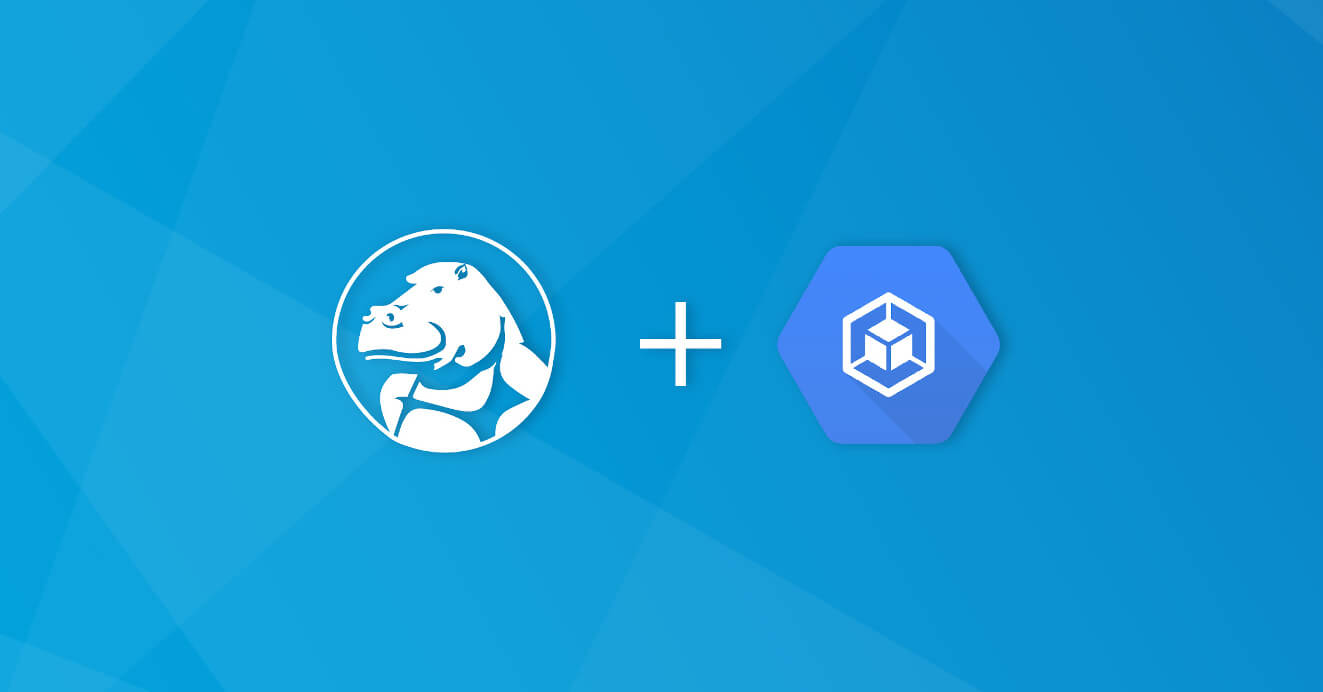Latest posts
PostgreSQL Deep Dive: PostgreSQL Defaults and Impact on Security - Part 2
CVE-2018-1058 discusses how a PostgreSQL user can create trojans with unexpected results. Learn how to prevent this along with other security concepts.
10 min readPostgreSQL Deep Dive: PostgreSQL Defaults and Impact on Security - Part 1
Explore how the PostgreSQL extension crunchy_check_access helps you to understand default PostgreSQL security settings and how it impacts your users.
25 min readExplaining CVE-2019-10164 + PostgreSQL Security Best Practices
The PostgreSQL Global Development Group provided an out-of-cycle update release for all supported to provide a fix for the CVE-2019-10164 vulnerability. This vulnerability only affects people running PostgreSQL 10, 11 or the 12 beta, and it is effectively remediated by simply upgrading all of your PostgreSQL installations to the latest versions.
5 min readDeploying the PostgreSQL Operator on GKE
Guide to installing the Crunchy PostgreSQL Operator for Kubernetes on Google Cloud Platform GKE using Ansible
6 min readWhat's New in Crunchy PostgreSQL Operator 4.0
Crunchy Data announces general availability of PostgreSQL Operator for Kubernetes 4, latest major release of PostgreSQL-as-a-Service Kubernetes platform.
3 min readDeploying Active-Active PostgreSQL on Kubernetes
A step-by-step guide on how to deploy an active-active PostgreSQL cluster on Kubernetes using Symmetric-DS.
11 min readQuick and Dirty Address Matching with LibPostal
Learn how to do address normalization with PostgreSQL and PostGIS to provide a standard set of addresses for consistent searches over a data set.
8 min readpgBackRest Point-In-Time Recovery Using Crunchy PostgreSQL Operator
pgBackRest is an open source disaster recovery manager that provides powerful backup and restore options that scale to very large data sets. Learn how to use the Crunchy PostgreSQL Operator to perform a point-in-time recovery (PITR) with pgBackRest.
7 min readEnhancing Your PostgreSQL 10 Security with the CIS Benchmark
Crunchy Data recently announced an update to the CIS PostgreSQL Benchmark for PostgreSQL 10. This newly published CIS PostgreSQL 10 Benchmark joins the existing CIS Benchmarks for PostgreSQL 9.5 and 9.6 while building on our efforts with the PostgreSQL Security Technical Implementation Guide (STIG).
3 min readPostgreSQL Zero to Hero: Getting Started with RPMs -Part 1
One of the most important things to using PostgreSQL successfully in your development and production environments is simply getting started! One of the most popular ways to install PostgreSQL is by using RPM packages. This guide demonstrates how you can get PostgreSQL up and running with RPMs!
5 min readHow to setup Windows Active Directory with PostgreSQL GSSAPI Kerberos Authentication
PostgreSQL provides a many authentications methods to allow you to pick the one that makes the most sense for your environment. This guide will show you how to use your Windows Active Directory to authenticate to PostgreSQL via GSSAPI Kerberos authentication.
5 min readpgBackRest - Performing Backups on a Standby Cluster
Disaster recovery and backup tools like pgBackRest help ensure the high-availability of PostgreSQL, but there are cases where you do not want run them on your primary, such as due to I/O constraints or archiving a replica in another data center. This guide shows how to run pgBackRest with a replica.
14 min readPostgreSQL BRIN Indexes: Big Data Performance With Minimal Storage
A PostgreSQL block range index, or BRIN, can help you to significantly reduce the amount of disk space required for high performance queries on big data.
14 min readUpgrading PostGIS on Centos 7
How do you handle PostGIS and PostgreSQL updates? This guide provides step-by-step instructions for safely upgrading your PostGIS installations to the latest versions using the packages provided by the community.
6 min readWITH Queries: Present & Future
WITH queries, aka common table expressions, aka CTEs, are a very powerful but often misused feature in PostgreSQL. The upcoming PostgreSQL 12 introduces the ability to inline WITH queries with can provide a huge performance optimization to how developers use CTEs.
13 min readPostgreSQL Deep Dive: How Your Data Model Affects Storage
Your PostgreSQL data model directly affects how much data is stored on disk. Additionally, your ingest rate and retention could affect whether you require 10TB or 100TB of storage! This deep dive can help you save orders of magnitude of disk space before using sharding or other distributed models.
16 min readManaging Transaction ID Exhaustion (Wraparound) in PostgreSQL
Learn how to prevent transaction ID wraparound in PostgreSQL through some simple monitoring and prevent TXID wraparound from ever becoming a problem!
9 min readA Guide to Building an Active-Active PostgreSQL Cluster
A guide to building an active-active PostgreSQL cluster to help meet high-availability requirements of keeping your PostgreSQL database always up and available
14 min readWhat's New in Crunchy PostgreSQL Operator 3.5
The latest release of the Crunchy PostgreSQL Operator brings significant improvements to the high-availability and disaster recovery features needed to run PostgreSQL in large-scale, production enterprise environments.
4 min readScheduling Backups En Masse with the Postgres Operator
A solid disaster recovery plan for your PostgreSQL clusters combined with pgBackRest and the Crunchy PostgreSQL Operator will help you manage your backups across thousands of PostgreSQL instances with only a few commands.
5 min read

























